CITY BUILDING
From Fast Lanes to Safe Streets: Rethinking Mobility in Lakeview Village
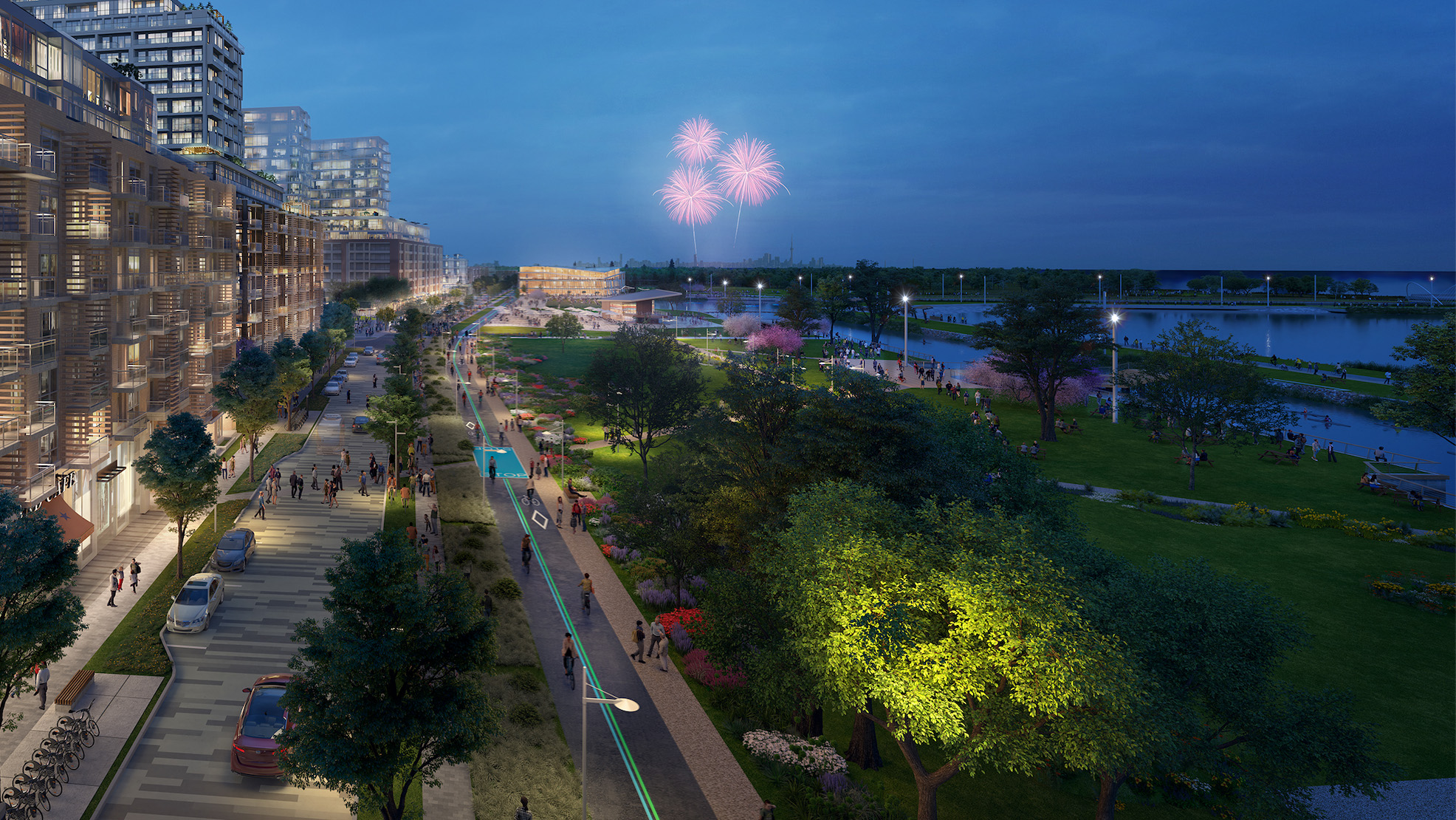
CITY BUILDING

One of our main goals at Lakeview Village is to look beyond the car to create a connected community that gives everyone - regardless of the age and stage of life they’re in - access to a variety of transportation options to help them get from point A to B and everywhere in between.
The only problem? Getting there requires a rather lofty paradigm shift, one that will fundamentally change the way communities are constructed for cars.
“Our road systems were developed over the past 100-plus years based on creating the perfect environment for the automobile,” says Adam Bell, the assistant vice president of growth and mobility at TYLin, a global engineering firm that designs infrastructure solutions to connect and elevate communities. “The traffic planning goal has almost always been to help people move fast without encountering any friction.” But now, he notes, we’re seeing the impacts of that kind of lifestyle from a social perspective - on our environment, when it comes to road safety, and to our health. “We’ve all just become so accustomed to driving in our cars to get groceries or to get to work. It’s not sustainable. Roads aren’t just for cars.”
Core to the problem is that most of the visual cues people see in and around their communities prompts them to feel like driving a car is safer than walking or cycling. Based on statistics, they’re not wrong. One 2019 study from the United States National Highway Traffic Safety Administration found that while vehicle-related deaths continued to fall year-over-year, pedestrian deaths were up by 50 per cent over an entire decade. There are a myriad of reasons why; the most important may be that roadways aren’t built for active transportation.
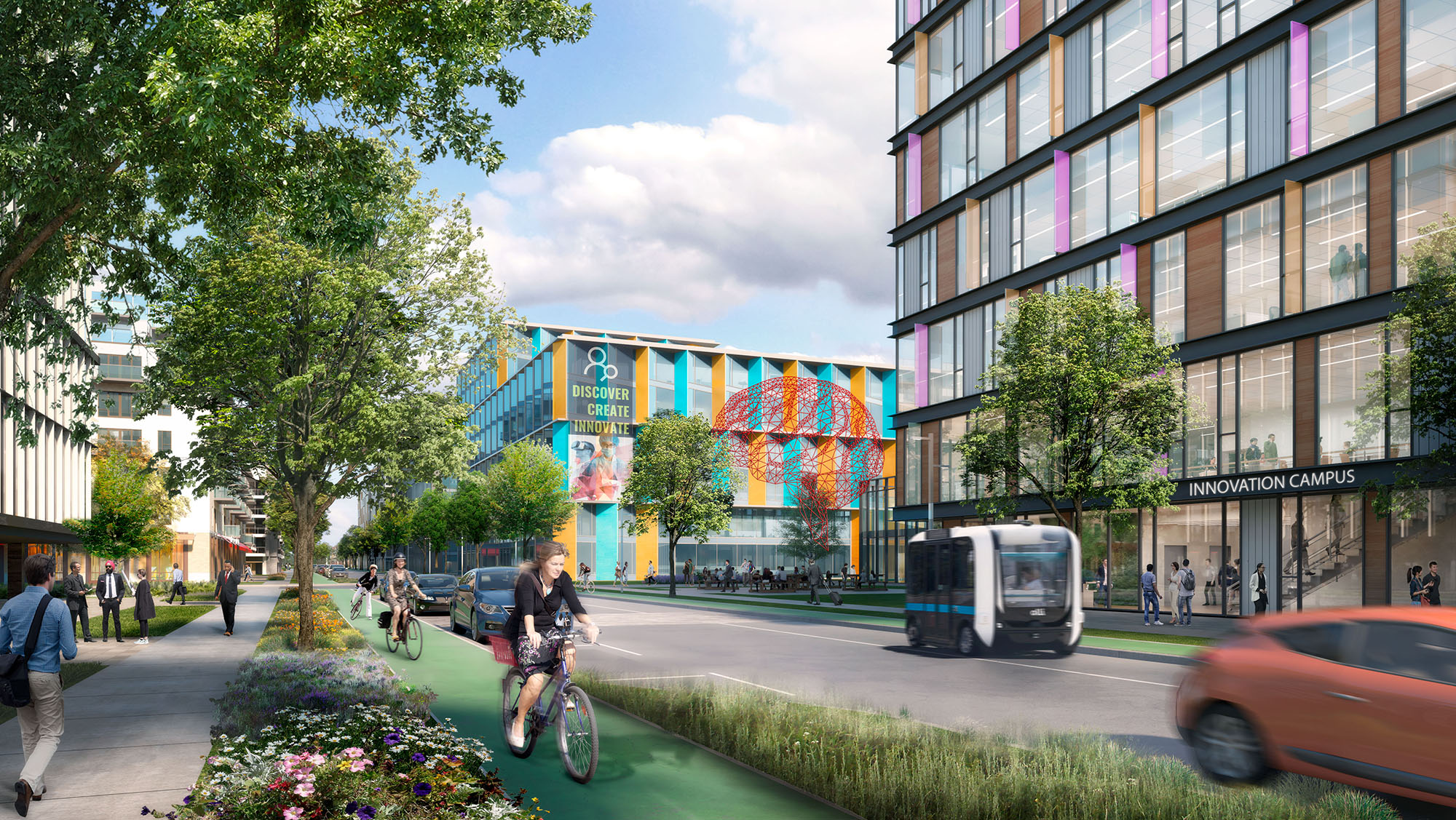
Active transportation refers to the movement of people from point A to B in a self-propelled way. That means they're using their own physical power (by walking, cycling, skateboarding, etc.) to travel instead of relying on something that's automated (think a car or electric scooter). At Lakeview Village, active transportation will look like:
walking trails, paths, and sidewalks to connect people to transit, shops, the Innovation District, four parks, and the Waterfront Trail.
fully dedicated and well-lit bike lanes to allow residents to safely cycle from their homes to a local transit stop or from a restaurant to Ogden Park.
two new transit stops and MiWay bus service into the community. There are also plans to incorporate a Bus Rapid Transit (BRT) line into designs, one that would connect to future Light Rapid Transit (LRT) and GO Transit.
3.5km of new trails that will weave through the Jim Tovey Lakeview Conservation Area and connect the Great Lakes Waterfront Trail and Trans Canada Trail.
Bike lanes are built into car lanes instead of being given their own designated space. Sidewalks are narrow, so it’s hard for pedestrians to pass each other without stepping off the curb. Car lanes are wide and the distance to traverse crosswalks is long. Transit stops aren’t close together. Street lighting and trees aren’t used smartly or strategically. It all ensures communities work for cars, but not people.
The whole idea for the development plan at Lakeview Village is to mitigate many of these issues as best as possible, and to slow things down to allow people to enjoy and experience everything that there is within the community,” says Michael Dowdall, the director of traffic at TY Lin. “What we’re doing is building opportunities to feel safer and healthier - environmentally and personally. It’s about creating opportunities for active transportation and visually showing those within the community that car-free living is possible.”
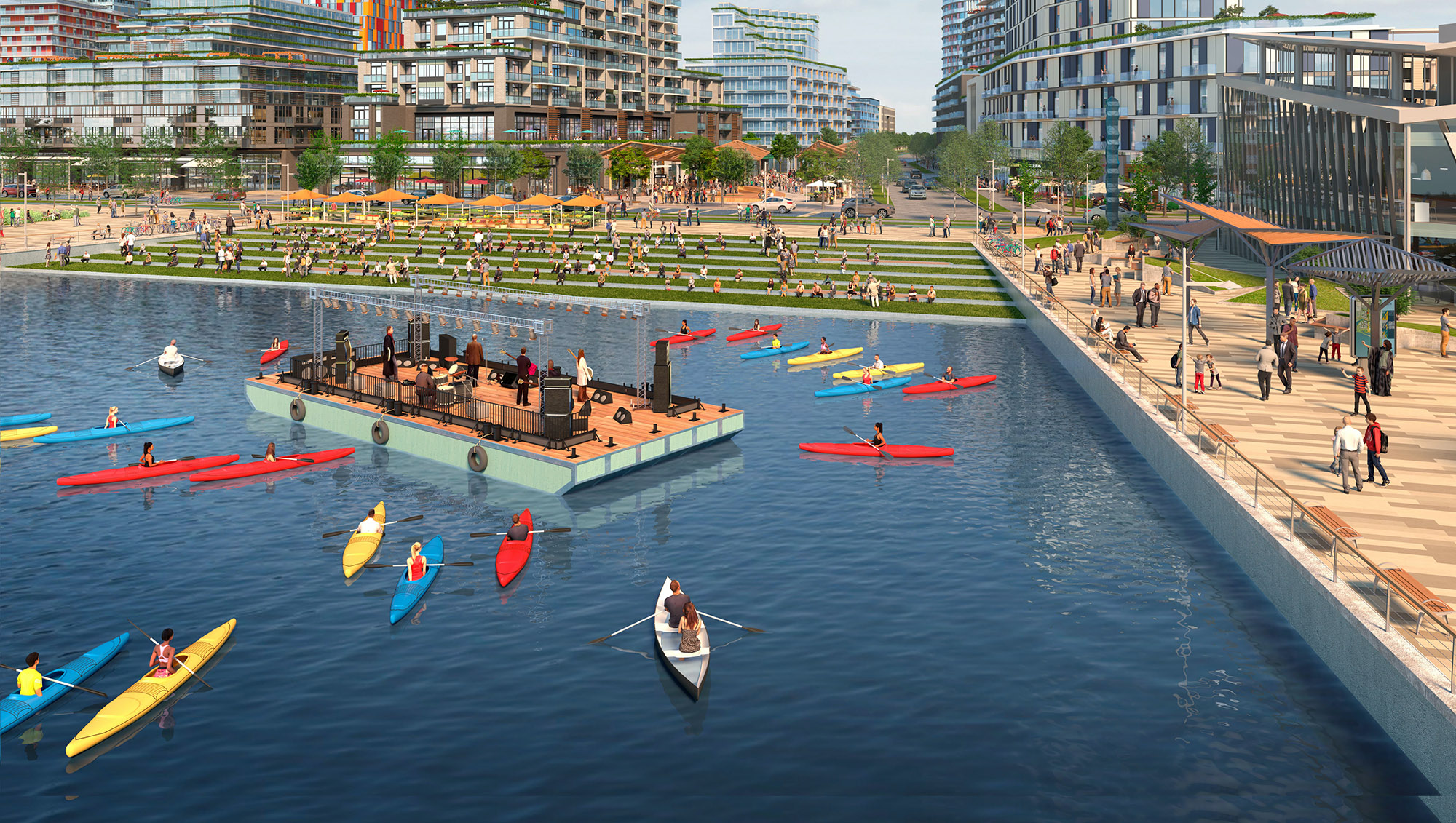
To build a community that promotes accessible, active transportation, one of the first things that needs to be done is a traffic study, to understand how cars and commuters use the roadways in and around a specific area every day. The goal of these studies, Michael says, is to ensure that a traffic plan isn’t just “designed for congestion - those times when commuters are using arterial roads to get from home to work - but instead for safe multi-modal uses all day long.” He points to Lakeshore Road East - the major street that will lead individuals in and out of Lakeview Village - as a prime example. “Lakeshore is a primary street. It’s a street that’s busy for a few hours a day, but otherwise is relatively quiet.”

The focus of his team has been to figure out how to mitigate all of that through traffic while exceeding engineering and road safety standards. “We know a successful traffic plan within Lakeview Village needs to include planned external road improvements - like the BRT - and to figure out how to accelerate additional road improvements, where possible." The team also knows the biggest way to reduce congestion in and around Lakeview Village is to turn the new community into a self-sustaining village unto itself, says Adam. “We know we won’t be able to tell people to get rid of the car altogether, but by creating a community that really has everything someone needs so they don’t have to leave or drive to get something they want, how much traffic flows from Lakeview Village into the community and vice versa will be reduced.”
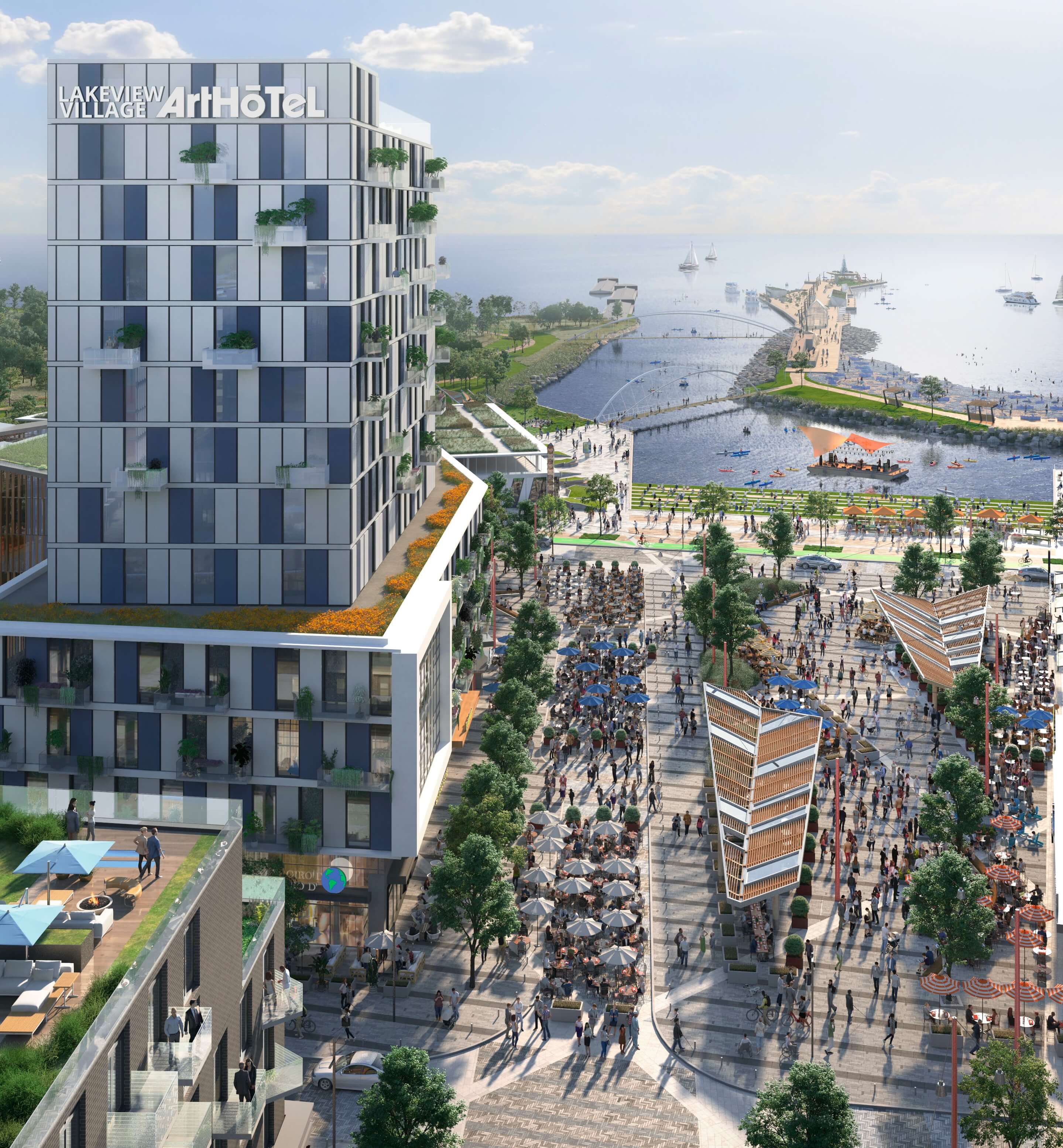
What this looks like is:

All of these plans are being worked on across multiple teams within the City of Mississauga. “In the past, you’d have the traffic folks doing their thing over there while community services folks were doing something different. Then you’d have the transit folks building their own plans. We’re doing things differently here at Lakeview Village,” says Adam. “We’re working closely with city staff. The result is excitement about this project and the opportunity we have. People are starting to see that because of our plans, they may not need a massive 5,000 sq. ft. home; they could live in Lakeview Village and truly have access to all they need. We’re really redefining how people live by building a community that enables a sustainable, active, and high-quality life.”

In the end, Mike says, what the Lakeview Village team is really doing is re-envisioning typical traffic and transportation standards for the better. “We’re not just doing traffic planning the old-school way of thinking about creating bigger roads to alleviate congestion and accommodate new residents. A car-dependent culture leads to congestion. What we’re doing is providing mitigation measures and creating community designs that make walking and cycling more attractive. This will make people leave their cars in park. There’s nothing old-school about Lakeview Village, in the best way possible.”
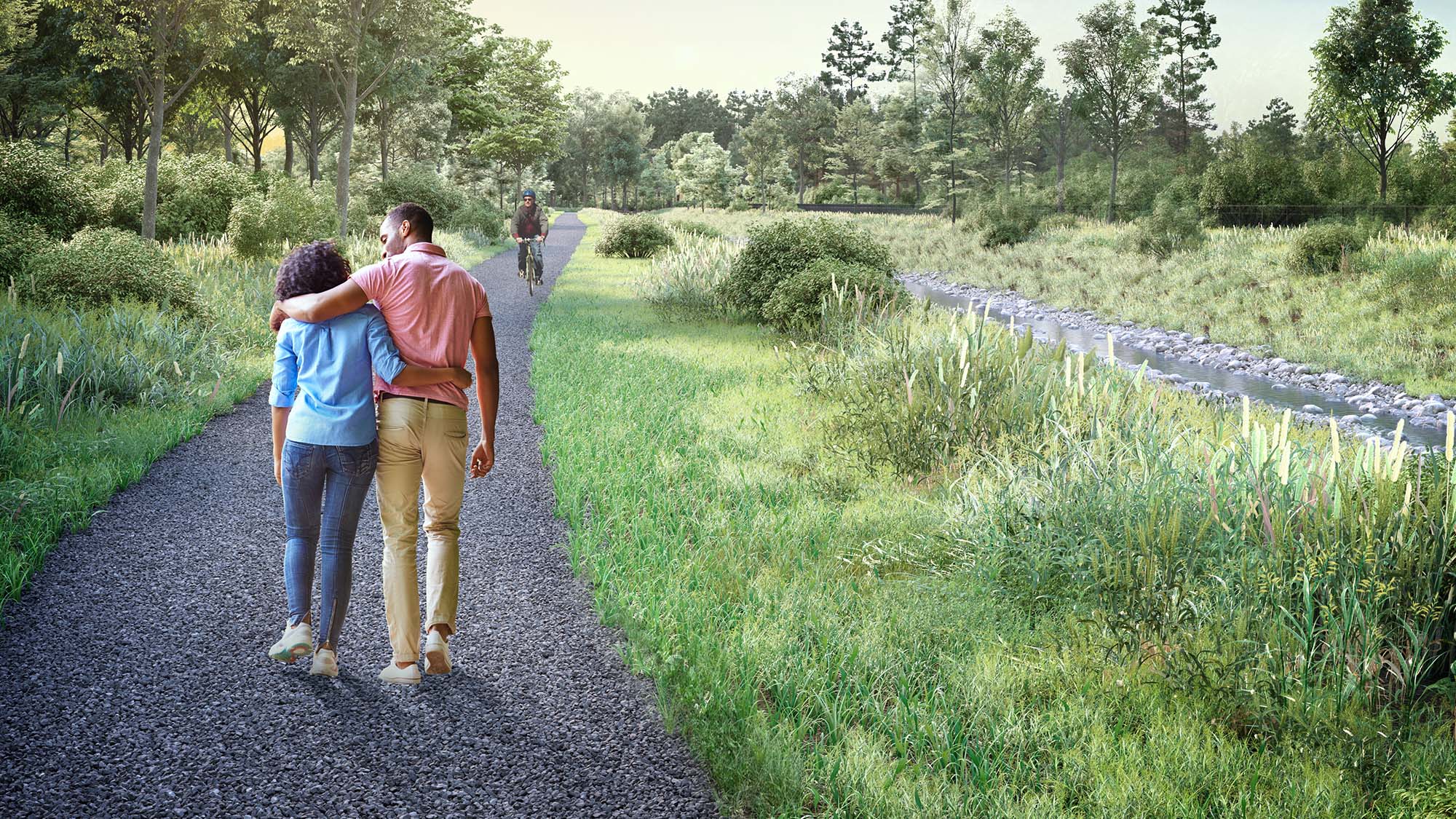
Adam adds: “The future of people wanting to reduce their dependence on the car is coming. If we’re intentional about planning for it and we create space for what people will want, our communities will be better than just doing things as the status quo. We need to be thinking about the future and how people want to connect to the world, and that’s not just sitting on the highway or congested roadways. What we’re doing is going to come with some resistance, inevitably, but to make change and to do something special - that’s futuristic thinking. That’s what’s happening here at Lakeview Village.”